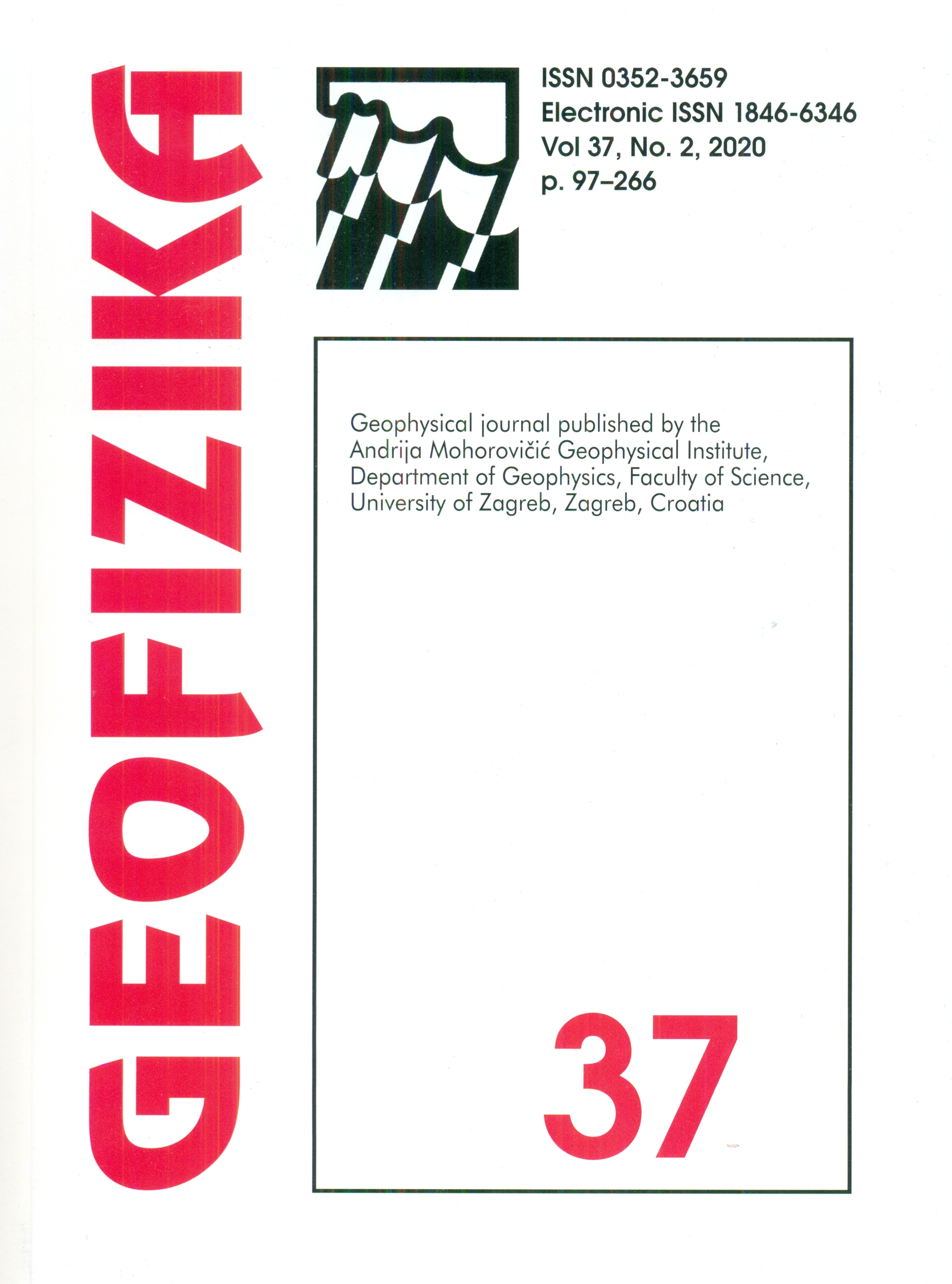Defining the rainfall intensity clusters in Turkey by using the fuzzy c means algorithm
DOI:
https://doi.org/10.15233/gfz.2020.37.8Keywords:
rainfall intensities, Fuzzy C Means (FCM), cluster analysis, Turkey, climateAbstract
Turkey has seven traditionally accepted climatic zones that are defined primarily by maritime and topographic influences. Across these zones, the annual amount of rainfall, including its intensity and its seasonal distribution, vary considerably. These variations, which impact on both urban and rural communities, including the occurrence of water shortages and flash flooding events, are increasing in both frequency and magnitude due to global warming and climate change. Several types of climate occur in Turkey where climate zones have been defined with various methodologies. To better understand rainfall intensity patterns across Turkey, this study used the Fuzzy C Means (FCM) algorithm to define their spatial distribution. In the first stage, the annual maximum rainfall intensity records for periods ranging from 30 to 78 years were obtained from 95 stations operated by the Turkish State Meteorological Service, and the longitude, latitude and altitude data for the stations were compiled for cluster analysis. Secondly, all rainfall intensities and geographical values were normalized, and in the third stage, the FCM algorithm was applied. The comparison of annual maximum rainfall intensities revealed five clusters. Four clusters were identified as discrete zones and one was identified as a transitional zone. Weather stations located in different geographical regions sometimes fell into the same clusters. In other words, rainfall events of similar intensity can occur in different climatic zones. This study, which brought a different perspective to clustering studies, showed that rainfall intensity values can be successfully analyzed at a national scale with the FCM technique.
Downloads
Published
Issue
Section
License
Copyright (c) 2021 Geofizika journal

This work is licensed under a Creative Commons Attribution-NonCommercial 4.0 International License.

